What is the difference between a DSLR camera and a mirrorless camera?
What is a mirror in a camera, why is it needed, and how do SLR cameras differ from mirrorless ones? These are perhaps the most common questions asked by novice hunters of beautiful shots. Questions whose answers are surprising in their simplicity.
The content of the article
What is a SLR camera
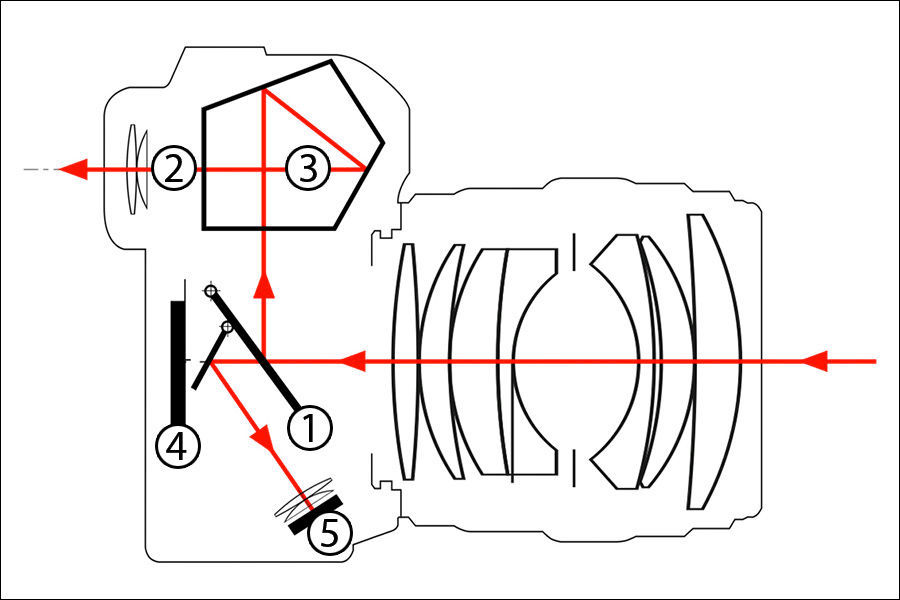
This camera got its name due to the features of the viewfinder. Its body hides a mirror (1), which intercepts light rays entering the lens and redirects them into a pentaprism (3). There, the reflection is reversed, receiving a normal orientation (coinciding with what the optics “sees”), and is sent to the optical viewfinder (2).
The peculiarity of such a system is that light hits the matrix (4) only at the moment the shutter is released: the mirror rose, the curtains let light onto the matrix, closed and lowered, after which the reflective “glass” also returns to its original position.
What does "not mirror" mean?
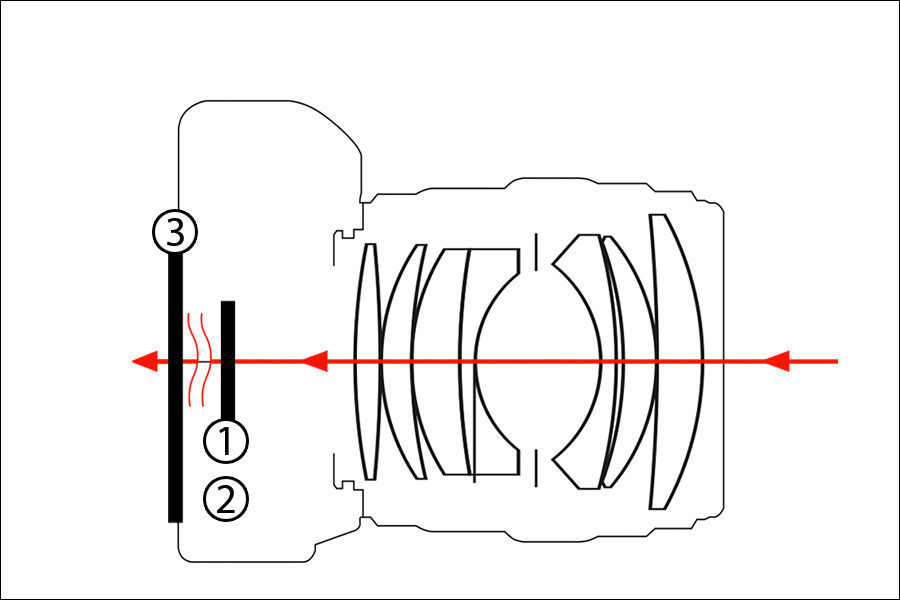
A mirrorless camera is a camera that has neither a mirror nor a pentaprism. The role of the optical viewfinder here is played by an electronic viewfinder, which shows an already digitized image, and not the “real” one.
The peculiarity of this system is that the shutter has two main positions: sighting and exposure. When it is in the first position, the image captured by the optics is transmitted to the viewfinder.But after pressing the shutter button, it closes and then takes the exposure.
Main differences
Previously, a DSLR was considered the best professional tool, because it allowed you not to miss all the interesting things. And the features of a mirrorless camera included weak electronics, which transmitted the image to the visor with a delay. And the shutter took a long time to switch from one position to another. Only fractions of seconds were lost, but real hunters of beautiful shots know that even this is often enough to miss the most valuable moments.

Now there are no such problems and both types of cameras from the same price category work equally quickly, allowing you to obtain equally high-quality images. Therefore, differences in the size and power consumption of cameras have come to the fore.
A mirrorless camera, due to its design features, is always more compact than its counterpart. And it is for this reason that it is more popular among those who actively hunt for beautiful shots, constantly changing their location.
DSLR camera more suitable for those who are not looking, but waiting for a precious moment. Such a camera does not consume energy in sighting mode, allowing you to spend hours catching “that same shot” through the lens. A mirrorless camera is less suitable for this type of “hunting”, since digitizing the image and transmitting it to the viewfinder drains the battery.
There are no other significant differences between these types of cameras. Even in price.
A young man or girl who is seriously considering what to get - a DSLR, a mirrorless camera, an expensive point-and-shoot camera that looks like a solid camera? For now, we are leaving out the financial capabilities of young people.
If photography is - hehe - fun for you, not even a hobby, then first take a point-and-shoot camera, but definitely not a crappy one, but a branded one - from Pentax, Sony, Nikon, Fuji. There are many models. Make sure that the lens is lighter, and the cost is from 400-800 dollars... - I think this will be enough for you for three years.
Once you get the hang of photography, if you don’t lose track of your money, look for a DSLR (mirrorless camera), but with a “screwdriver” so you can also use non-motorized lenses. This camera will last you for ten years. Until you get bored.
For those who are in a fighting mood and see themselves as a photographer, buy a DSLR (mirrorless camera), the so-called. semi-professional subspecies. Like Nikon D7500... It is advisable to already have some knowledge of theory and be able to shoot well (at least with a smartphone).

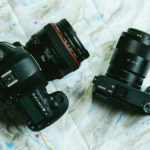
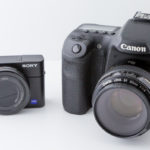
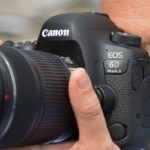
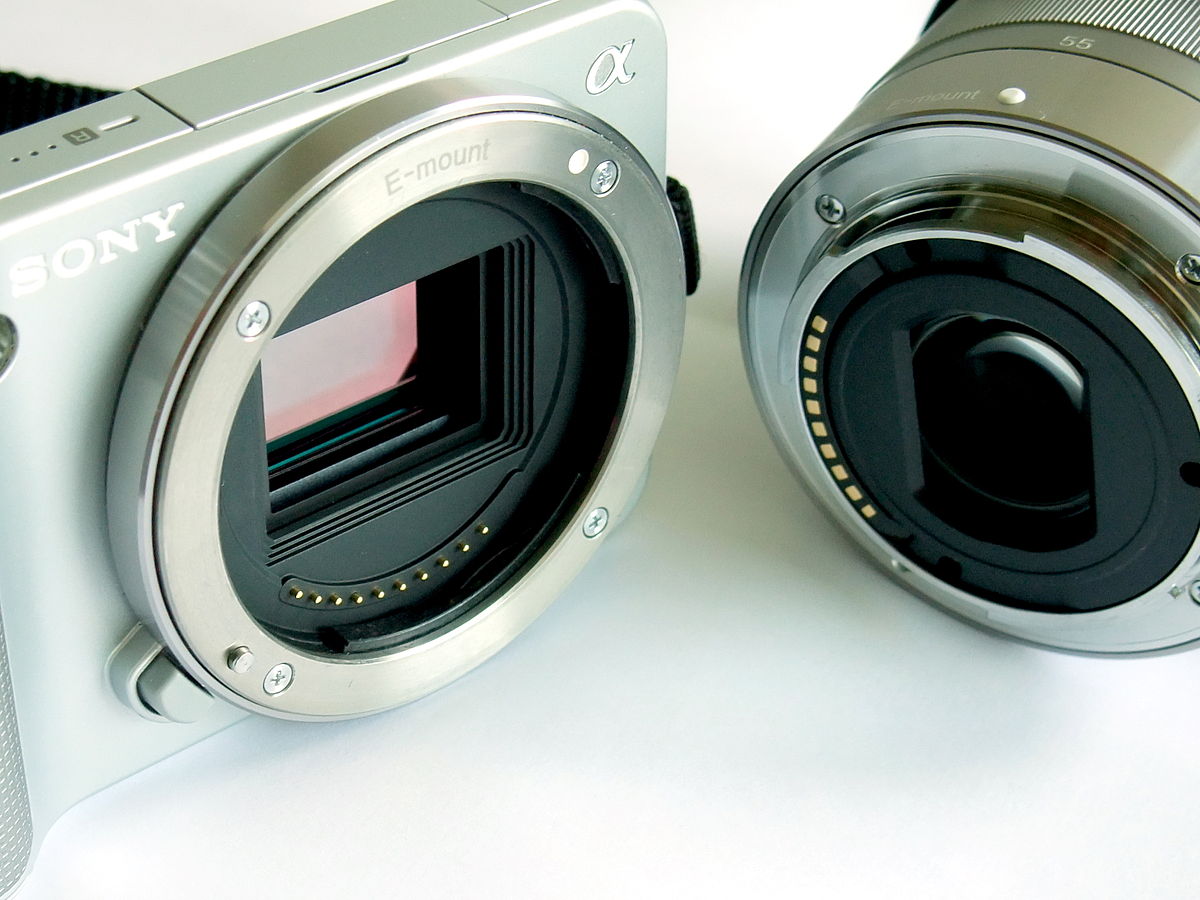
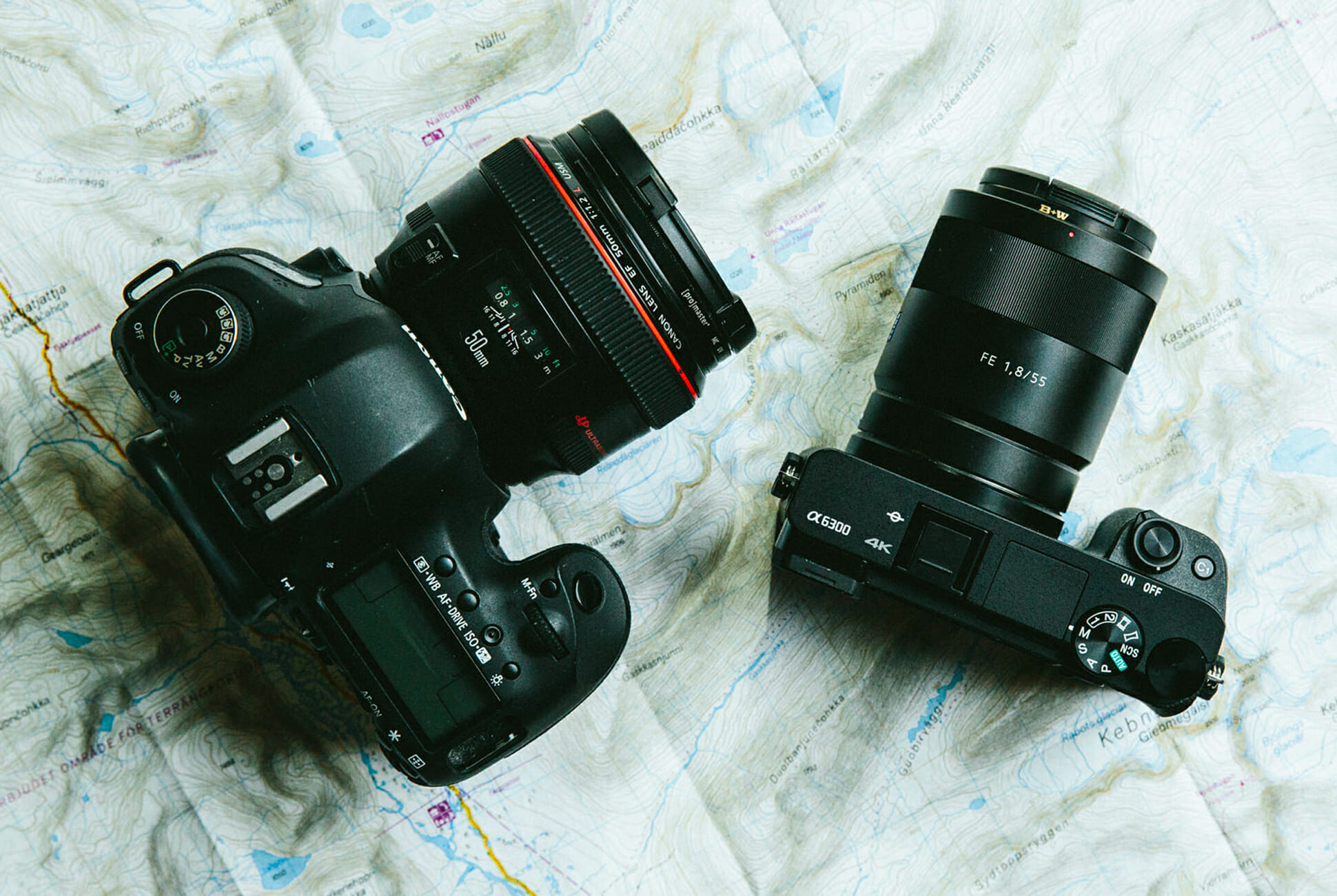
There are digital non-SLR cameras with an optical parallax viewfinder. They also seem to consume little